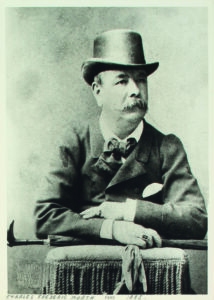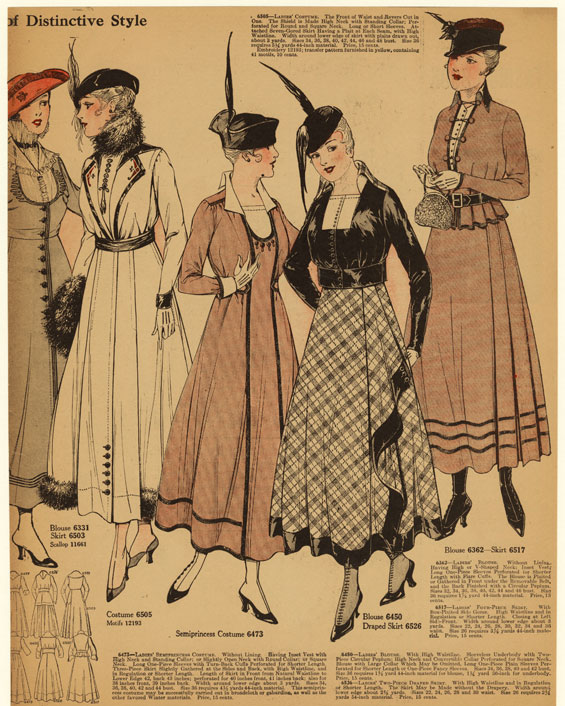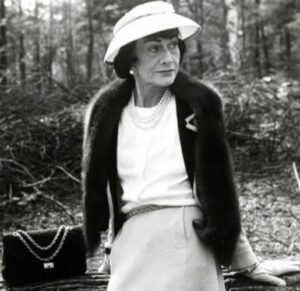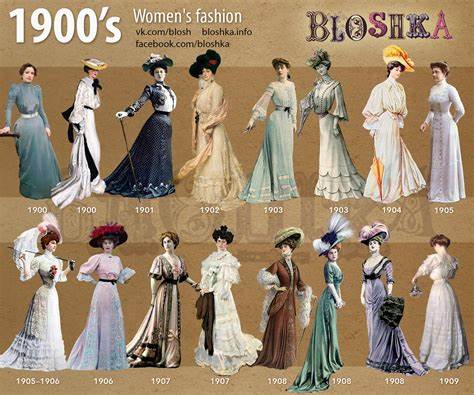The art of fashion design is simple with an artistic touch. The clothing that you wear is indicative of the person that you are. It can be used as a sort of self-expression. It can let others know your temperature and mood or indicate a special occasion. Is there a specific clothing type or fashion design trend you feel most at ease wearing? Different body types experience wearing clothing differently.
Some people don’t like wearing swimsuits at the beach. Some people don’t like showing their legs or shoulders. Some religions don’t allow women to wear pants or show their hair in a public setting. Do you know the origin of your favorite clothing or fashion designers? As much as we enjoy the looks we can wear, the story behind the clothes can be filled with intrigue and excitement.
Vintage Designer Fashion Trends In The 1900’s
Current fashion trends are all derived from earlier styles that date back to the 19th century. During this time, the social conventions surrounding fashion were heavily influenced by religious teachings and customs. Knowing this will make determining your true fashion personality easier. This may also reflect the character traits of fashion designers who have achieved success in the fashion industry and inspire us.

Charles Frederick Worth (1826–1895) was an English fashion designer who founded the House of Worth. This was regarded as one of the foremost fashion houses of the 19th and early 20th centuries.
He is considered by many fashion historians to be the father of haute couture. He was the first to present clothing on a runway rather than seen on a mannequin and to sew branded labels into his clothing.
Charles Frederick Worth was a pioneer of many vintage designer fashions within the industry. He also made immense contributions to how women were seen and treated within it.
He is also credited with revolutionizing the business of fashion. His success paved the way for many vintage fashion designers that we recognize today. Just try to picture what a fantastic accomplishment it would have been to rule the fashion world at that time.
Who would have guessed that the practice of fashion designer’s visualization back then would be so important? It consisted of the proper fall of fabric, design form, and patterns cut from a piece of paper or cardboard. Instead of having to create a completed form, many fashion design houses used the services of painters and artists. This method was used to create a design presentation for customers to view. This eventually led to the publication of magazines.
In the early 1900s, French fashion design gained popularity. This was the era when women’s hourglass figures first appeared in vintage clothing. The S-bend silhouette was made famous by the corsets that some women still wear today. A corset is a common support garment used to hold and shape-train the torso into the desired position. The most popular and widespread application of corsets is to contour the body to a trendy silhouette. Narrowing the waist and thereby emphasizing the bust and hips, frequently highlighting a curvier figure in women.
After 1908, the garments lost their bulky petty coats, and thin lines replaced them. Up until World War I, when women began to learn to work and become practical, they dressed for comfort rather than for fashion, and the pleating and dyeing process began to show in the clothing.

Beginning in 1915, skirts were ankle-length and gradually got shorter until they reached the mid-calf. Short skirts became a staple of vintage fashion around the same time that cars were invented. Carriages were replaced by cars, long-train gowns by pinafores that reached the knees, and skirts by short bobs before women even began to copy men’s fashion. Given how quickly new fashion trends were introduced to the market, the A-line skirt did not require much time to gain popularity.
In the 1940s, there was an unexpected development in women’s fashion. Many vintage clothing stores went out of business. The end of women dressing in Parisian fashion came with the arrival of new fashion following the war. The 1960s saw the gradual emergence of retro style. Extreme simplicity nearly eliminated the opulent fashion of the 1900s in favor of a radical expression of clothing. This included matching clothing with music and lifestyle, with glam rock and punk being two examples. Similar to the era of graphic tees and tie-dye.
Popular Fashion Designers From the 1900s
Some of the hairstyles and fashion designs from that era evolved with the times, as did many well-known modern designers, including Calvin Klein, Coco Chanel, Giorgio Armani, Yves Saint Laurent, and Hubert de Givenchy. Donna Karan, Betsey Johnson, Manolo Blahnik, Michael Kors, Tom Ford, and Marc Jacobs also came from this period of vintage clothing design. Salvatore Ferragamo was an Italian shoemaker who rose to fame in the 1930s. Christian Dior invented a new silhouette called the “New Look,” which featured an A-line skirt and fitted bodice.



The majority of the clothing that we wear today is a reflection of earlier fashion eras. This can include recreations of the original items with minor changes or completely new garments with similar focal points. Retro clothing from the 1960s to the 1980s served as inspiration for many fashion artists. The scarves, the pant cuts, and even the skirts come from various eras in the history of fashion. You can always find a trend from the past to incorporate into your own personal style. A whole world of fashion is out there, ready to be explored.


One thought on “Are Fashion Designs From The 1900s Still Popular?”